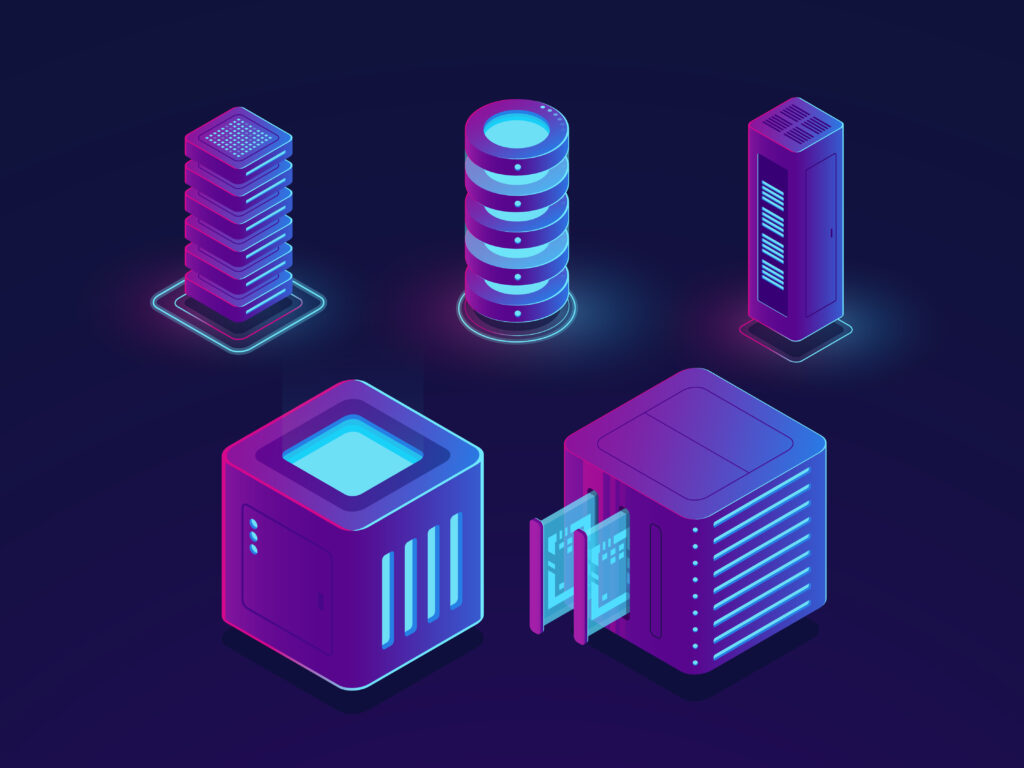“Architecture” means the system and backbone of every structure. The same applies when we talk about internet structures and data processes. Data center architecture is the blueprint for modern IT infrastructure, shaping how data centers operate to meet diverse business needs. It integrates hardware, software, power, cooling, and security systems into a cohesive structure that ensures efficiency, reliability, and scalability. With businesses relying heavily on seamless data access and processing, a well-designed data center architecture is vital for handling high volumes of data while optimizing resource use.
This article of Dana cloud will explore the key components, data center design principles, and best practices for data center architecture. From understanding its core elements to learning how it supports modern businesses, you’ll gain a comprehensive overview of this critical aspect of IT infrastructure.
Certainly, here’s a table summarizing Data Center Architecture:
| Feature | Description |
|---|---|
| Definition | The design framework that outlines how a data center’s physical and logical components are organized and interact. |
| Core Components | Servers, storage systems, networking infrastructure, power systems, cooling, physical and cybersecurity, monitoring and management tools. |
| Types | Traditional, Cloud, Edge, Hyperscale, Modular, Virtualized, Distributed |
| Importance | Ensures optimal performance, scalability, security, and efficiency. Supports business continuity and innovation. |
| On-Premises Architecture | Owned and managed by the organization. Offers full control but requires significant investment and maintenance. |
| Cloud-Based Architecture | Relies on third-party providers, offering scalability, flexibility, and reduced infrastructure needs. |
| Benefits | Improved performance, enhanced scalability, increased security, reduced operational costs, improved energy efficiency, supports business continuity. |
The definition of Data Center Architecture
Data center architecture is the design framework that outlines how a data center’s physical and logical components—such as servers, storage systems, networking, and power—are organized and interact. It ensures optimal performance, scalability, security, and efficiency, aligning IT infrastructure with business goals.
If you want to know about data center tiers come here.
Core Components of Data Center Architecture
Data center architecture comprises several interconnected components that ensure smooth and efficient operation. These components are designed to work together to meet the demands of modern businesses:
- Servers and Storage Systems: These core elements process and store data. High-performance servers and scalable storage solutions enable fast data access and secure storage.
- Networking Infrastructure: This includes routers, switches, and firewalls that facilitate data transfer within the data center and between external networks, ensuring seamless connectivity and security.
- Power Systems: Reliable power distribution units (PDUs), backup generators, and uninterruptible power supplies (UPS) maintain continuous power, even during outages.
- Cooling and Environmental Controls: Efficient cooling systems, such as HVAC and liquid cooling, regulate temperature and humidity to prevent equipment overheating and ensure optimal performance.
- Physical and Cybersecurity: Data centers implement multi-layered security, including surveillance, biometric access, encryption, and firewalls, to protect physical and digital assets.
- Monitoring and Management Tools: Advanced software solutions enable real-time monitoring, maintenance, and optimization of data center operations, improving efficiency and minimizing downtime.
Types of Data Center Architectures
Data center architectures can vary depending on organizational needs, technological advancements, and operational goals. Each type serves specific business needs, from small startups to global enterprises. Here are the main types:
- Traditional Data Center Architecture: This is the conventional model with on-site physical servers, networking, and storage. It offers full control but requires significant capital investment and maintenance.
- Cloud Data Center Architecture: In this model, services and resources are delivered through cloud data center providers. Businesses can scale easily, reduce physical infrastructure, and pay on a consumption basis.
- Edge Data Center Architecture: These are smaller facilities located closer to end users to reduce latency. They are ideal for real-time processing applications, such as IoT and autonomous systems.
- Hyperscale Data Center Architecture: Designed for massive scalability, these data centers support large-scale cloud and big data operations, typically used by tech giants like Amazon, Google, and Microsoft.
- Modular Data Center Architecture: Built using prefabricated modules, this architecture allows for rapid deployment, flexibility, and scalability while optimizing resource use.
- Virtualized Data Centers: Focus on using software to virtualize hardware resources, increasing efficiency and resource allocation, often used in cloud-based environments to maximize flexibility.
- Distributed Data Centers: Multiple interconnected data centers spread across geographic locations, designed to improve redundancy, reduce risks, and balance loads efficiently.
Read more: What is an enterprise data center?
Importance and Benefits of Effective Data Center Architecture
Effective data center architecture is crucial for ensuring seamless IT operations. It optimizes resource use, improves performance, and enhances reliability. By integrating key components like servers, networking, power, and cooling systems, it maximizes uptime and supports business continuity. Well-designed architecture also boosts scalability, enabling organizations to meet growing data demands without compromising efficiency.
Additionally, robust data center architecture enhances security through advanced measures like firewalls, access controls, and data encryption. It helps businesses reduce operational costs by improving energy efficiency and streamlining management processes. A solid architectural foundation supports innovation and keeps businesses competitive in an increasingly data-driven world.
Read more: What is Hyperscale data center?
What is the difference between on-premises and cloud-based data center architectures?
The primary difference between on-premises and cloud-based data center architectures lies in ownership, control, and operational flexibility. Both models have their advantages. On-premises data centers suit organizations needing complete control, while cloud-based solutions offer agility and cost efficiency, ideal for dynamic workloads or startups. Many businesses adopt a hybrid approach, combining the strengths of both. Let’s read more.
On-premises data Centers are owned and managed directly by an organization. The company is responsible for maintaining physical infrastructure housed within its facilities, such as servers, storage, power, and cooling systems. This model provides full control over hardware, data, and security protocols. Businesses with specific compliance requirements or sensitive data, like financial institutions or government agencies, often prefer it. However, on-premises setups require significant upfront investment and ongoing maintenance costs.
Cloud-based data Centers, on the other hand, rely on third-party providers to deliver IT resources over the Internet. Businesses can access scalable computing power and storage without physical infrastructure. Cloud solutions, like Amazon Web Services (AWS) or Microsoft Azure, offer flexibility, enabling organizations to pay for resources on demand. They reduce the need for in-house IT management and support rapid innovation. However, businesses must rely on the provider for security and data management.
Related article: What Is a Micro Data Center?
FAQ
How does data center architecture impact performance?
Effective architecture ensures optimized workflows, reducing latency and downtime while supporting scalability and high availability for critical business operations.
Can small businesses benefit from tailored data center architecture?
Yes, small businesses can adopt modular or cloud-based architectures to access scalable, cost-effective solutions without large upfront investments in physical infrastructure.
How does data center architecture address sustainability?
Modern designs incorporate energy-efficient cooling system, power systems, and virtualization to reduce energy consumption, minimizing environmental impact and operational costs.
How should I select the right architecture for my business?
To select the right architecture, assess your business’s scalability, security, and performance needs. Consider budget, compliance requirements, and future growth. Consulting with IT professionals ensures alignment with your operational goals and industry best practices.


